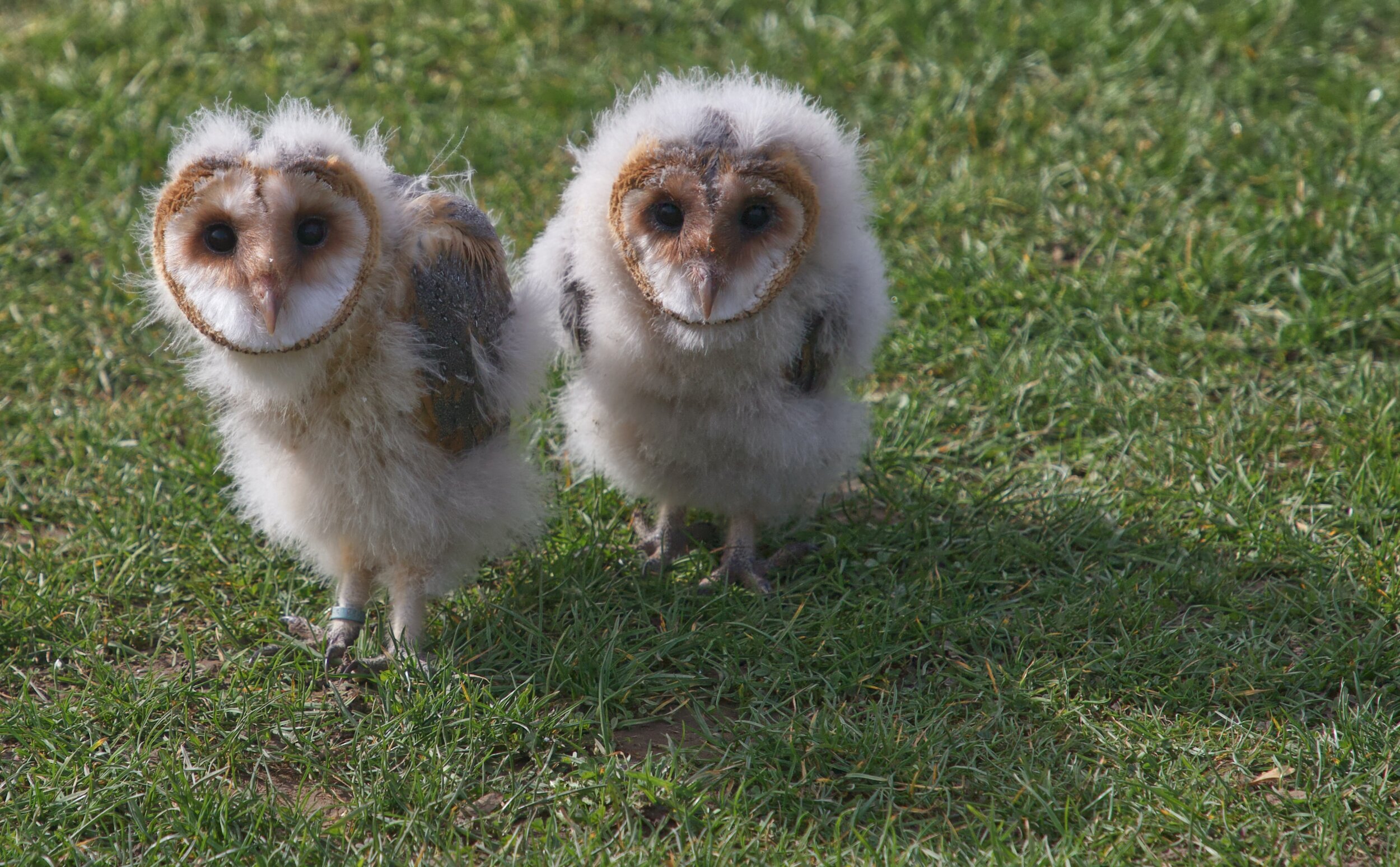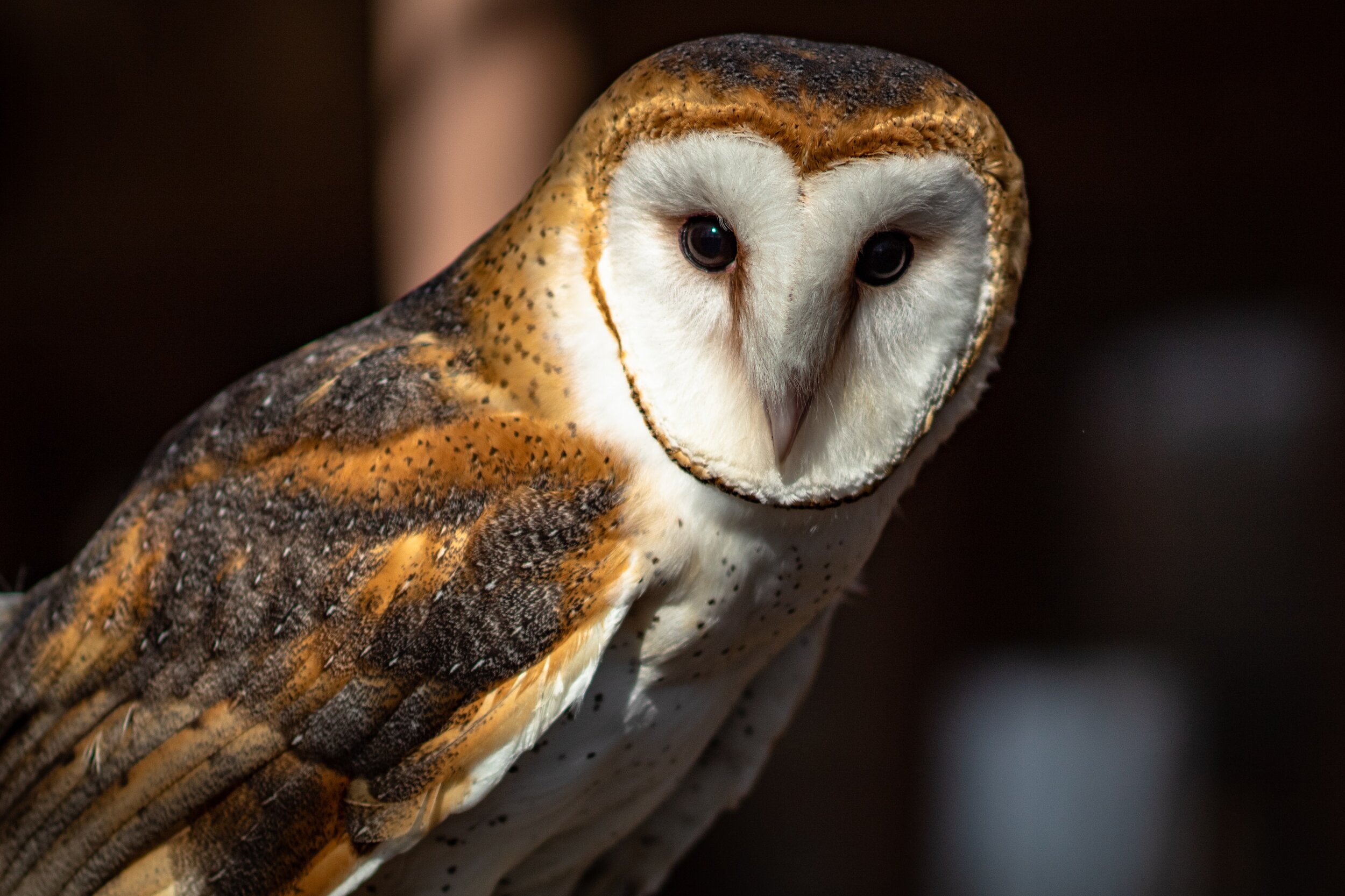Owl Quest
Owls can be found in all parts of the world, except Antarctica. North America is home to nineteen identified species of owls, the smallest is the Elf Owl (stands about six inches tall when it is fully grown), and the largest is the Great Gray Owl (stands about thirty inches tall when it is fully grown). Owls have extraordinary hunting skills, nocturnal habits, haunting calls, and yet you don't have to live in the middle of the woods to see these charismatic creatures.
Barn Owls live on six continents, in both urban and rural environments. They are even found on islands such as the Seychelles, Hawaiian Islands, and New Zealand. On the European and Asian continents, Barn Owls are absent in the northern regions and mountain systems because they do not have the ability to tolerate the harsher climates. Let’s investigate how Barn Owls have adapted to so many different geographic conditions.
Tools
A piece of paper and writing utensil
Barn Owl Identification website by The Cornell Lab
Barn Owls Around the World by Barn Owl Box Company
Animal Research Worksheet (print out, optional)
Map (print out, optional)
Owling by Mark Wilson (optional reading)
Steps
Step 1: Owls are all around us, we just need to know where to look. Start by making local observations. Use a piece of paper or the back of the worksheet to record notes about your neighborhood and the areas that surround your home. Are there trees? Are they tall or short? Are there buildings? Is there a park or forest nearby? What is the average temperature? Does it snow in the winter? How cold can it get?
Step 2: As noted in the introduction, Barn Owls are highly adaptable creatures. They evolved into 35 different subspecies as they adjusted to new environments or changes in their current environment so they now live in different habitats over six different continents! Use the Barn Owls Around the World website (in the Tools section) to identify the different subspecies of the Barn Owl and use a map to find each subspecies’ country and place a star on your map.
Step 3: On a piece of paper, or use the Animal Research Worksheet (in the Tools section), brainstorm what all these subspecies of Barn Owls might have in common including food sources, locations of their nesting sites, possible enemies, and habitats. Use these questions to help you brainstorm: where they might find refuge during the day? What they might hunt for food? And where they might nest?
Step 4: Let’s look more closely at the Barn Owl using the Cornell Lab’s Barn Owl Identification website (in the Tools section) and other books, magazines, and digital resources. Use the worksheet to record notes about the Barn Owl nesting habits, migratory patterns, typical diet, and threats.
Step 5: Take some time to reflect on the owls you researched. Think about the differences between the subspecies such as diets, physical appearance, nesting sites, etc. How do you think they adapted to thrive in their current location? Record your thoughts on paper or out loud with family members or friends.
Step 6: Finally, reference your notes from Step 1, do you think the habitat in your area could be good for a Barn Owl and why? Then review the US and world maps where Barn Owls are located and see if these owls can be found in your area or state!
To Do or Learn More:
Consider joining MOON (Monitoring of Owls and Nightjars), a volunteer-based monitoring program. Participants monitor specific stop routes for owls and nightjars from the months of June to August to estimate species distributions, migrations, and population trends. To learn more visit wwx.inhs.illinois.edu/research/moon.
Dive into this AAAS/Subaru Prize Book, Owling: Enter the World of the Mysterious Birds of the Night, to learn about the nineteen owls native to the United States. Possibly even add these elusive raptors to your birding life list by following the basics of how to find owls article to help you go owling (bird watching for just owls).
Learn more about owls using these lessons created by AAAS Science NetLinks. First lesson is the Owls: Top of a Food Chain, which introduces the idea that energy is passed from one organism to the next in a food chain. The second lesson, Birds of Prey, develops further understanding of the predator/prey relationship by researching specific examples of birds (predators) and what they eat to survive (prey).
Owls aren’t always the secluded, deep-woods birds we make them out to be. In fact, they could be a lot closer than you think—maybe as close as that woodsy little park across from your school, that open hay or wheat field down the road from your home, or that shady cemetery next to the freeway. Use Audubon’s A Guide to Finding Urban Owls to locate these elusive birds in your community.
Try to build your own Owl Nest Box following the International Owl Center’s Nest Box instructions. Keep in mind that building a nest box won't guarantee that owls will nest near you, but it certainly improves the odds. Also, take their quiz to find out what kind of North American owl are you?


